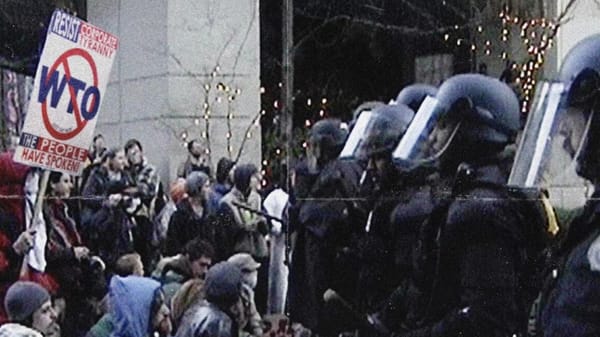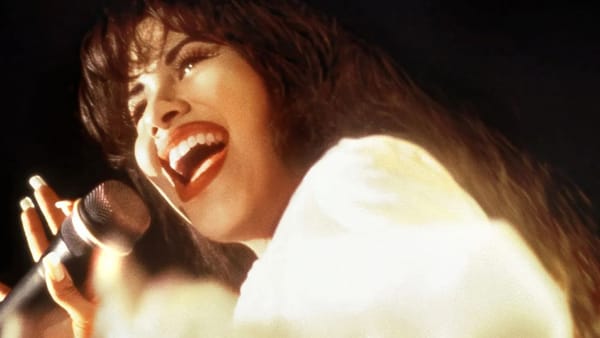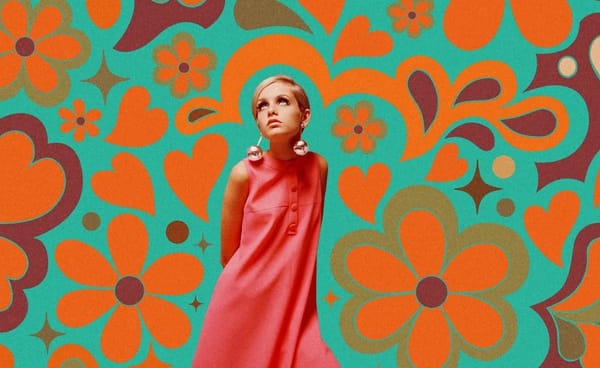Melbourne International Film Festival: 1000 Women in Horror (dir. Donna Davies)
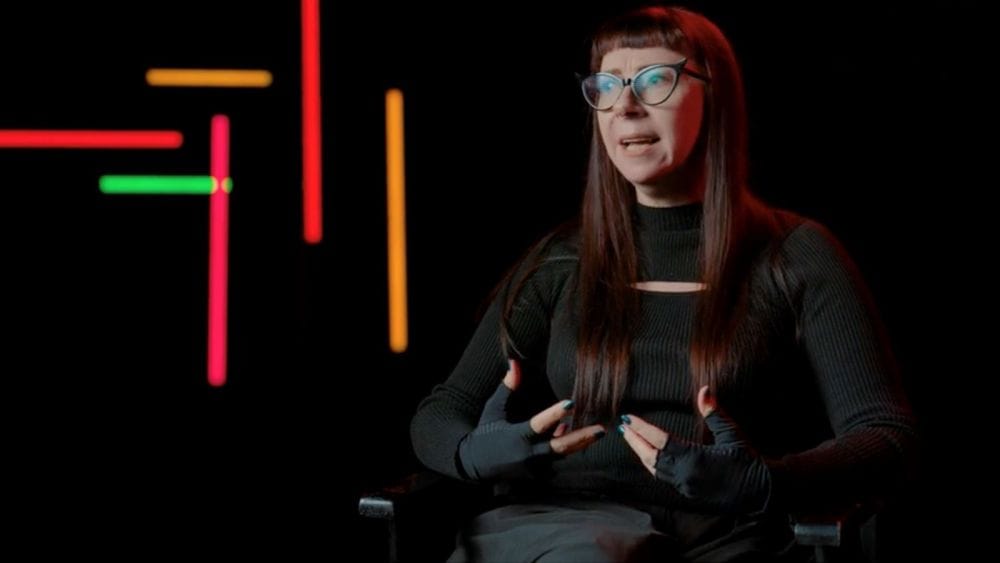
Adapting books into documentaries comes with a unique set of issues. Especially so when you’re adapting what is essentially an a to z encyclopaedia of over one thousand women who have made an impact, large or small, on the horror genre. Like Xavier Burgin’s Horror Noire: A History of Black Horror six years prior, finding a way into the material with a unique take on an academic tome (in that case, Robin R Means Coleman’s Horror Noire; in this case Alexandra Heller-Nicholas’ 1000 Women in Horror 1895–2018) is the key distinction point between a documentary that is insightful, fast-paced and though-provoking and, oh I don’t know, The Found Footage Phenomenon—another Shudder Original that was carried by Heller-Nicholas who, I should note, I am friends with in real life and so take or leave how much you feel that may colour my perceptions.
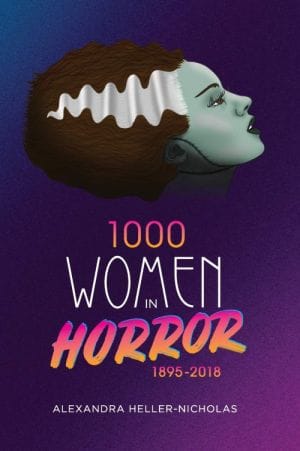
Director Donna Davies and writer/key contributor Heller-Nicholas find their way into the material through the passage of time—from girlhood to old age (now you can try to imagine Patty McCormack from The Bad Seed becoming Robyn Nevin in Relic like you've always wanted to!). It’s a smart one, lest audiences be sitting there for literal days going through the book’s immense catalogue of names one by one. The film version of 1000 Women in Horror, which had its world premiere at the Melbourne International Film Festival yesterday, does focus on several significant names and film titles throughout its brief but packed 95-minute runtime. But it uses those films and those subjects as jumping off points for broader discussions about how women are represented on screen rather than necessarily who (although there is plenty of that, too). This is no Buzzfeed listicle! Lingering on the very subjects that have so often been discarded by (traditionally male) storytellers in favour of more oblique terms or used for sensationalised effect. Subjects like childbirth, puberty, menstruation, rape as well as the misogyny that all of its subjects have faced in the film industry on micro and macro scales. The only subject not covered directly appears to be menopause and that’s because, as noted by Heller-Nicholas in the post-screening Q&A, there simply are no movies to reference.
It's a smart choice to frame the story this way rather than an approach like that of the In Search of Darkness films (that have gotten progressively longer—to my delight!— the more they go on because there is just so many movies!). Sure, viewers may be disappointed to not see this movie or that person mentioned, but I would rather Kate Siegel discussing the real-life horrors of an emergency caesarean procedure (making delightful use of both the permission of bad language and also the multi-cam setup of the interviews) than a bunch of people talking in general platitudes about how great this movie or that person is. 1000 Women in Horror acknowledges that there are more than one thousand women in horror. There is no horror genre without women. And so, to take this track makes for a refreshing take on the material. A take that has substance and speaks to real issues. As Mattie Do says in the film, “you don’t need a dick to hold a camera” and this documentary posits that there is much more to be gleaned from cinema and the horror genre if we let more women make more of them.
Heller-Nicholas in her trademark black (fingerless gloves? you betcha! gothic cat-eye glasses? of course!) is the most prominent figure on screen throughout. Appropriately so. She is consistently the smartest person in any room. Alongside her, Do and Siegel are Mary Harron, Brea Grant, Kiera-La Janisse, Roseanne Liang, Lin Shaye, April Wolfe, Cerise Howard, Toby Poser and more in front of visually minimal yet dynamic backdrops of coloured bars on black. They all have good things to say that largely steers clear of the girl power rhetoric that some viewers may suspect going on. But this isn’t a boys vs girls situation. It’s about carving out a space to talk about these issues in a way that offers freedom of expression and individuality. There could easily be another one given how much there is to discuss. Like she and her fellow interviewees did in Alexandre O Philippe’s Chain Reactions (reviewed here), when you actually have something to say then the rest will come naturally.
If you would like to support documentary and non-fiction film criticism, please consider donating by clicking the above link. Any help allows me to continue to do this, supports independent writing that is free of Artificial Intelligence, and is done purely for the love of it.
